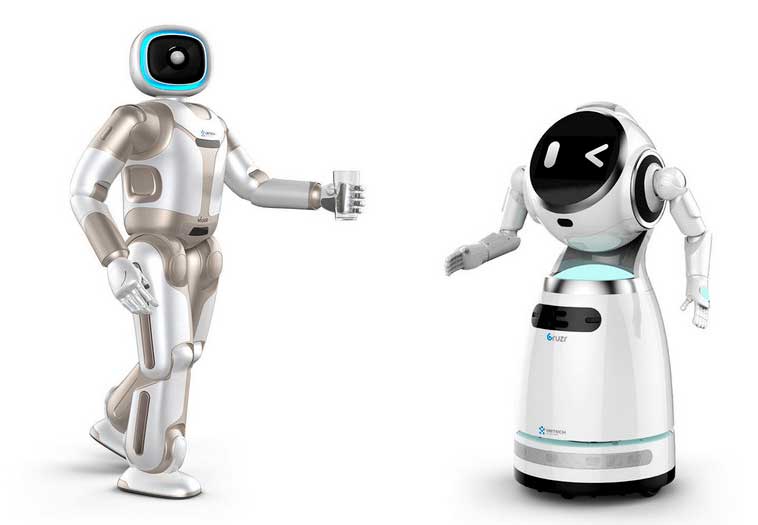In the public debate, we often hear complaints about the shortage of skilled workers and the threat to jobs from robots. It would seem to be a contradiction that needs to be resolved. You and I often discuss the customer's motivation for buying a robot. It is changing more and more.
The reason for buying has changed.
Decades ago, the classic robot buyer, the automotive industry, opted for industrial robotics for reasons of cost-effectiveness and quality. With the advent of so-called cobots, payback time was also a significant selling point. In recent years, the shortage of skilled workers has become increasingly urgent. There were not enough employees for night shifts, etc. The company couldn't realize its full sales potential without robots but managed without them.
Now we are experiencing, so to speak, the third phase: robots protect or save the business model. It is very evident in the catering industry. The same situation is becoming more and more apparent in the manufacturing sector. As there are fewer and fewer welders, sheet metal workers are increasingly only able to work with welding robots. Robots then secure jobs in administration and other jobs in industrial production. Without robots, many companies today could not exist in their current form.
Robotic caregivers will ensure the quality of life.
The United Robotics Group, owned by the Rourcauld Foundation, recently cited an exciting figure: if the infirm elderly could live at least four months longer in their usual environment thanks to robotics, this would benefit them and save society 10 billion euros a year. In the future, robots will also improve the quality of life of older adults in nursing homes. Whether in care or conversation. Some robots help the elderly cope with boredom and loneliness.
Other robots will make shopping possible for the elderly. In the future, there may be robots in the supermarket that will help get the right products from the top shelves. The mobile robot could then follow the senior citizen on the way home and carry the purchases. The robot would be a cargo bike for the infirm.
A tax on robots would be counterproductive.
If robots provide prosperity and quality of life, then a tax on robots, as sometimes demanded, seems counterproductive. Robots already serve society in this way, not just their owner.
Demarcation seems necessary
The above statements were made for robotics in the narrow sense. Robotic process automation (RPA) should be distinguished from it. It is pure software - also in the form of bots - used in administrative agencies, for example, to answer customer inquiries or reservations. The European Robotics Association does not represent any company in this sector that uses the word "robotics" rather casually.
The use of robotics and artificial intelligence in various areas of our lives will lead to fundamental societal changes.
These technologies have the potential to help solve the significant problems of our time, and the applications are many and varied. Dangerous, monotonous, harmful, or strenuous jobs can be handed over to robotic systems.
AI can contribute to better and earlier diagnosis and treatment of diseases. Robots can improve autonomy and quality of life for the elderly and/or people in need of care.
Robotics and artificial intelligence can also contribute to safety.
However, these possibilities also face complex problems that need to be identified and solved. New technologies will bring changes and new demands to the world of work, and they also raise ethical, legal, and social issues that must be addressed.




